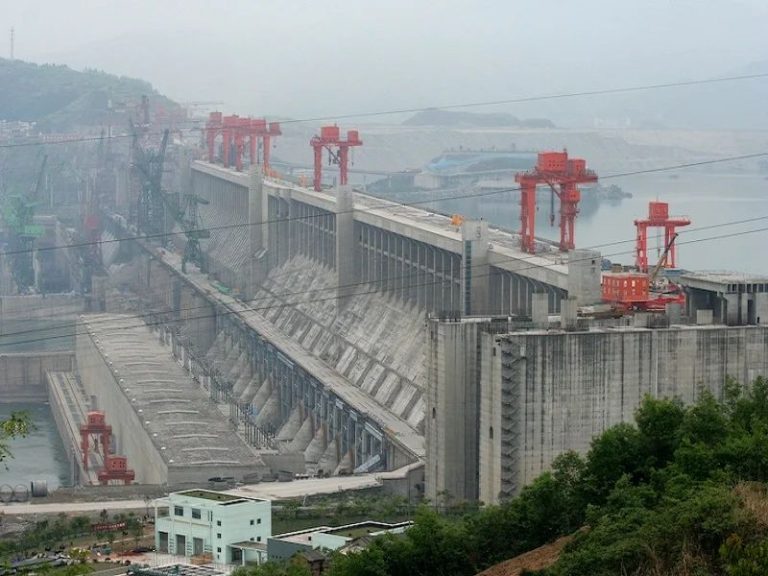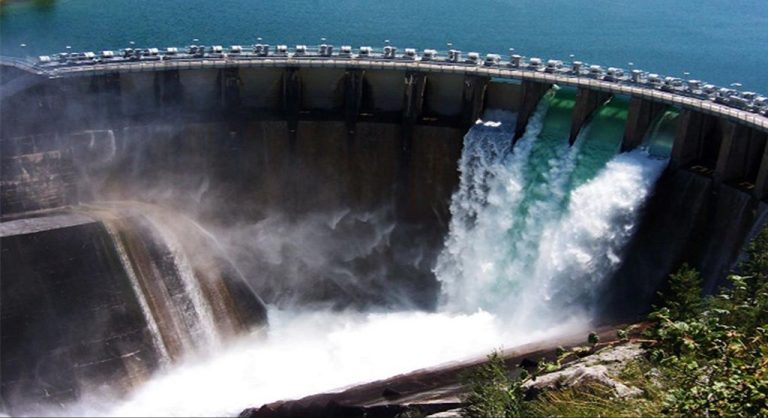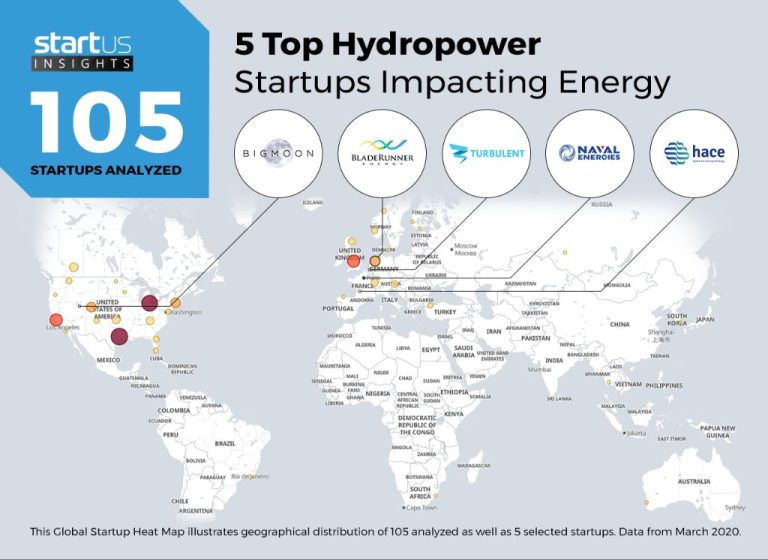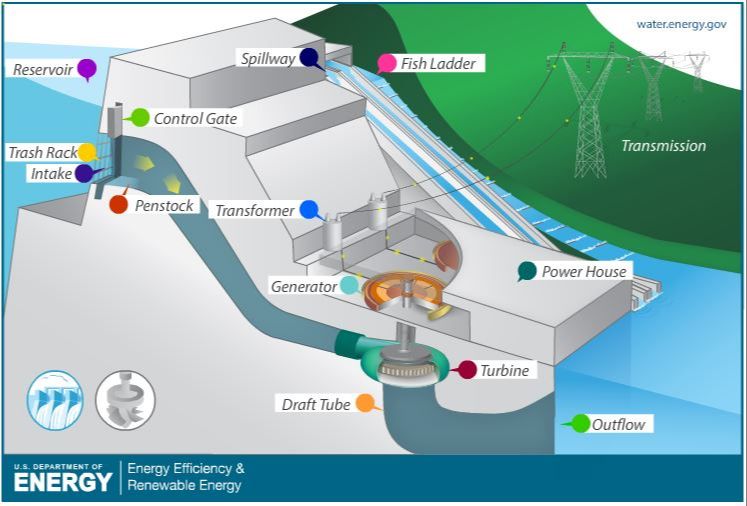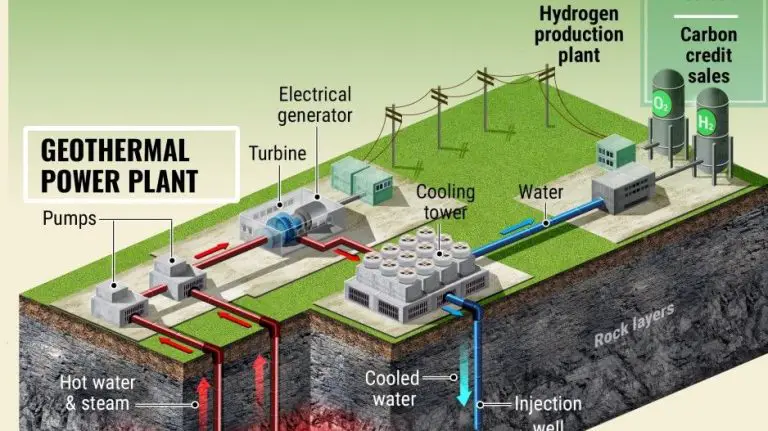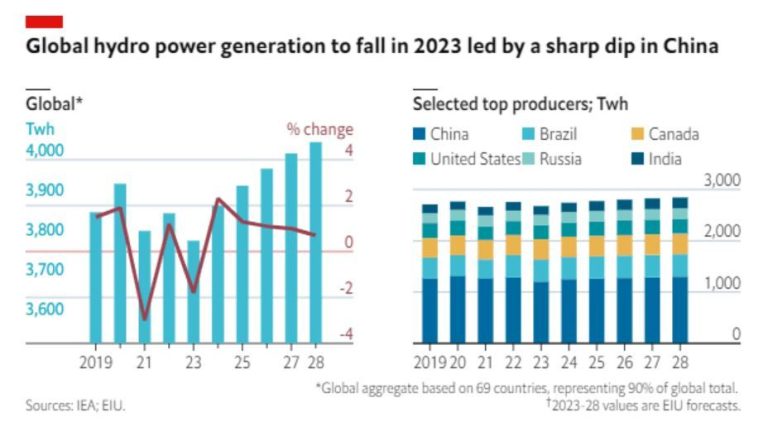What Is The Formula For The Power Of Hydropower?
Introducing Hydropower
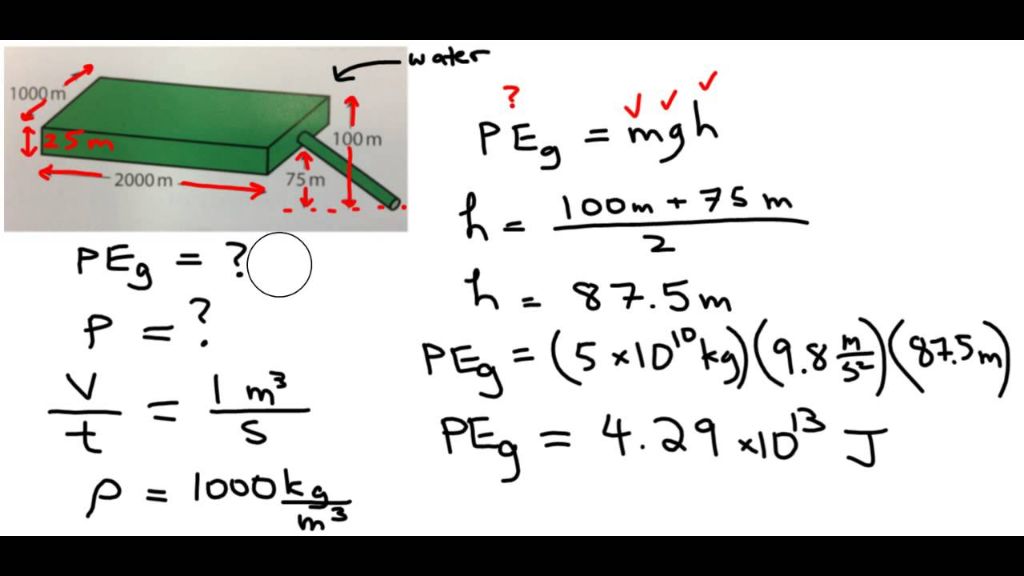
Hydropower is a renewable source of energy that utilizes the natural flow of water to generate electricity. It is one of the oldest and most widely used forms of renewable energy. Humans have been harnessing the power of falling or flowing water for thousands of years, starting with waterwheels and evolving into modern hydroelectric dams.
Hydropower works by using the kinetic energy of flowing or falling water to turn turbines, which then spin generators to produce electricity. The amount of electricity that can be generated depends on the volume and speed of the water flow. Rivers, waterfalls, tides, and waves can all be used for hydropower energy generation.
Today, hydropower is an important source of clean, renewable electricity around the world. It currently provides around 16% of the world’s total electricity production and over 90% of electricity from renewable sources. Advantages of hydropower include its low operating costs once facilities are built, lack of emissions, and ability to quickly adjust output to meet demand. Overall, hydropower offers a sustainable way to generate electricity with minimal environmental impact.
The Physics of Hydropower
Hydropower utilizes the concepts of potential energy and kinetic energy to generate electricity. As water flows from higher elevation reservoirs behind dams down to lower elevations, it loses gravitational potential energy. This potential energy gets converted into kinetic energy in the form of moving water. The kinetic energy of the flowing water gets converted into mechanical energy by hydropower turbines. The spinning turbine turns a shaft inside a generator to produce electrical energy through electromagnetic induction.
The potential energy available for conversion is determined by the height of the water behind the dam relative to the turbines below. The kinetic energy is determined by the rate of water flow through the dam. The key physics principles governing hydropower generation are conservation of energy and conversion between potential, kinetic, mechanical and electrical energy.[1]
The Formula for Hydropower
The formula for calculating the power output of a hydropower system is:
Power (P) = Flow rate (Q) x Head (H) x Gravity (g) x Efficiency (η)
Where:
- Power (P) is measured in watts (W)
- Flow rate (Q) is the volume of water per second passing through the turbine, measured in cubic meters per second (m3/s)
- Head (H) is the height difference between the water intake and the turbine, measured in meters (m)
- Gravity (g) is the gravitational constant, 9.81 m/s2
- Efficiency (η) is a coefficient less than 1 accounting for friction and turbine losses, usually 0.7 to 0.9
The power equation is derived from the potential energy of the water elevated behind the dam. The kinetic energy as water flows through the turbine is converted to electricity by the generator.
Hydraulic Head
Hydraulic head is one of the key factors that determines the amount of power that can be generated from hydropower. It refers to the vertical distance between the water intake and the turbine (Energy Education, n.d.). More specifically, hydraulic head is a measurement of the mechanical energy available in water due to its elevation and pressure (Sciencedirect, n.d.).
The factors that impact hydraulic head are:
- The distance between the intake and the turbine – the greater the distance, the higher the hydraulic head
- The elevation difference between the intake and turbine – more elevation gain equals greater hydraulic head
- Friction losses in pipes and tunnels – friction reduces hydraulic head
In general, a higher hydraulic head allows for more power generation potential. Sites with heads of over 100 meters are considered high head. Medium heads range from 30-100 meters, while low heads are under 30 meters (Micro-hydro-power, n.d.). Dams are often built to increase hydraulic head and maximize power output.
Flow Rate
The flow rate, represented by Q, is the volume of water per unit time that flows through the turbines in a hydropower facility. It is typically measured in cubic meters per second (m3/s). The flow rate depends on the volume of water available from the water source and is a critical factor in determining the amount of power that can be generated.
The flow rate through a hydropower plant can vary widely depending on the water source. According to Energy Education, flow rates can range from over 2000 m3/s for a large hydro facility down to around 0.05 m3/s for small micro-hydro projects. The flow rate for a given site depends on factors like precipitation patterns, geographic location, season, and whether a storage reservoir is utilized. Generally, flow rates tend to be higher in spring with seasonal snowmelt and lower in late summer when water supplies are reduced.
Maximizing and maintaining an optimal flow rate is crucial for maximizing power output from a hydropower installation. Flow rates that are too high or too low can result in suboptimal power production. Careful regulation of flow is therefore an important consideration in hydropower system design and operation.
Efficiency
The efficiency of a hydropower system depends on the efficiency of its components, mainly the turbine and transmission. Turbine efficiency refers to how much of the water’s energy is converted into mechanical energy by the turbine blades. According to an Energy.gov report, Types of Hydropower Turbines, turbine efficiency can range from over 90% for large units to 50-60% for micro turbines. Generally, larger turbines like Francis and Kaplan turbines are the most efficient. Research by MDPI also found turbine efficiency increases with higher flow rates, up to a maximum efficiency of around 13% for a 0.8m diameter turbine at 0.2 m3/s flow rate.
Transmission efficiency refers to how much energy is lost as it travels from the turbine to the generator. Minimizing friction and resistance in the transmission path improves efficiency. Overall system efficiency is the product of turbine and transmission efficiency. Maximum overall efficiencies tend to range between 70-90% for well-designed large hydropower systems.
Capacity Factor
The capacity factor is a measure used to assess how effectively a power plant is utilized over a period of time. It represents the ratio of the actual energy output of a plant over a given period of time, compared to its maximum possible output if it had operated at full nameplate capacity for the same amount of time.
According to IRENA, the weighted average capacity factor for hydropower projects is around 50% for both small and large facilities[1]. This means that over the course of a year, the average hydropower plant produces about 50% of the electricity it could produce if it operated at full capacity consistently.
The capacity factor depends on several factors like water availability, reservoir capacity, and electricity demand. Seasonal variations in river flow and precipitation will impact the capacity factor. Hydropower with a reservoir can control flows and smooth out seasonal variability better than run-of-river projects.
Power Output
The power output of a hydropower plant depends on two key factors: hydraulic head and flow rate. The formula for calculating the theoretical power output of a hydroelectric plant is:
Power (Watts) = (Head (meters) x Flow (m3/s) x Gravity (9.81 m/s2)) x Efficiency (%)
Where head is the vertical distance the water falls, flow is the water volume per second, gravity is the acceleration due to gravity (9.81 m/s2), and efficiency is the turbine efficiency percentage. The theoretical maximum power output will be reduced based on the efficiency of the turbine. According to the Department of Energy, turbine efficiency can range from over 90% for Francis turbines down to 60% for older impulse turbines.
For example, say a hydropower plant has a head of 50 meters and a flow rate of 20 m3/s. With a turbine efficiency of 85%, the power output would be:
(50 m x 20 m3/s x 9.81 m/s2) x 0.85 = 81,402 Watts or 81.4 kilowatts
The power output of a hydroelectric power plant is generally measured in kilowatts (1,000 watts) or megawatts (1,000,000 watts). Large-scale hydroelectric dams can have power outputs in the gigawatt (1 billion watts) range. Understanding the key variables of head and flow allows calculating the potential power generation.
Limitations and Challenges
While hydropower offers many benefits as a renewable energy source, it also comes with some limitations and challenges. One major issue is droughts and seasonal variability in water flow rates. Hydropower relies on sufficient water levels and flow to generate electricity. During periods of drought when river flows decline, power output can drop significantly. This makes hydropower generation less reliable than other renewable sources like solar and wind that are not as affected by seasonal weather patterns.
Environmental impacts are another key challenge of hydropower projects. Damming rivers and changing natural water flows has negative effects on local ecosystems and habitats. Building large dams can cause flooding of valleys and forests, altering the landscape. Fish migration routes are often blocked by dams, harming local fish populations. Dams also change sediment flows in rivers, which can increase erosion downstream. Conservation strategies like fish ladders help mitigate some of these ecosystem effects.
Overall, the limitations and variability of water resources, along with potential environmental impacts, present notable challenges in developing hydropower systems. Careful site selection, design modifications, and environmental mitigation measures can help reduce these drawbacks. But planners must weigh the tradeoffs of hydropower’s low-carbon energy generation versus ecological risks when evaluating new projects.
Comparison to Other Renewables
Hydropower is often compared to other renewable energy sources like wind and solar. Each has its own advantages and disadvantages.
Compared to wind power, hydropower can provide more reliable baseload power since output is not intermittent like wind. However, wind power can be installed in more locations and does not require dams or reservoirs (https://www.canhydro.com/discover/solar-vs-wind-vs-hydro/).
Solar PV generates no emissions, has modular installation, and production coincides with peak demand. But solar only works when the sun is shining. Hydropower can operate 24/7 and store energy via pumped storage. Solar energy production is also weather-dependent (https://electrical-engineering-portal.com/hydro-vs-wind-vs-solar-power).
Overall, hydropower is a relatively low-cost and low-carbon baseload renewable energy source. Combining hydropower with wind and solar can provide reliable and sustainable electricity generation. But hydropower does alter river ecosystems and requires suitable geography, which can limit potential sites.

